Premium Only Content
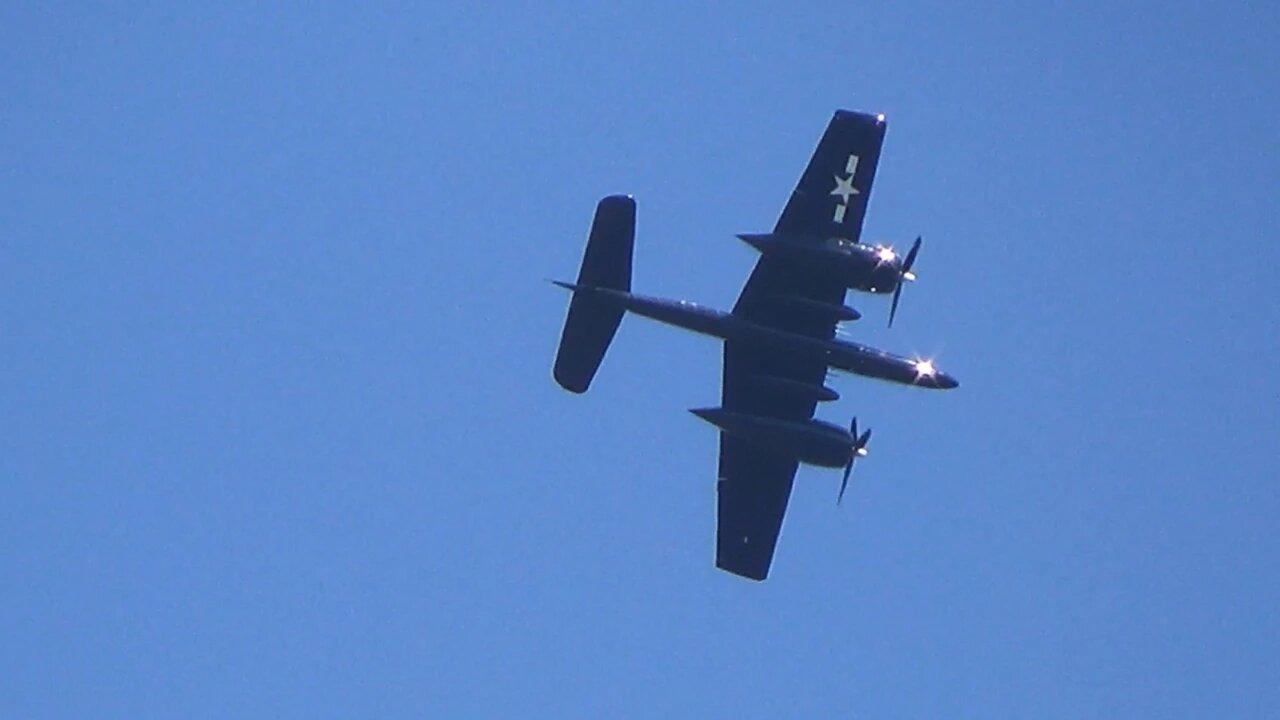
2014 Abbotsford Airshow - F8F Bearcat Wampus Cat & F7F Tigercat Bad Kitty WWII Warbirds
These are two interesting looking planes that I saw at this year's Abbotsford International Airshow. The F8F Bearcat Wampus Cat & F7F Tigercat Bad Kitty WWII Warbirds
I recorded these World War II era airplanes at the 2014 Abbotsford Airshow with my buddy Joy. We soaked up the sun and awesomeness in the sky for a great day. This certainly isn't a War Thunder video, which should be a good thing :)
Here is some history for both planes:
The Grumman F8F Bearcat (nicknamed "Bear") was an American single-engine naval fighter aircraft of the 1940s. It went on to serve into the mid-20th century in the United States Navy, the United States Marine Corps, and the air forces of other nations. It would be Grumman Aircraft's final piston engined fighter aircraft. Modified versions have broken speed records for piston-engined aircraft, and are popular among warbird owners.
The Bearcat concept began during a meeting between Battle of Midway veteran F4F Wildcat pilots and Grumman Vice President Jake Swirbul at Pearl Harbor on 23 June 1942. At the meeting, Lieutenant Commander Jimmie Thach emphasized one of the most important requirements in a good fighter plane was "climb rate", which connoted "power."[2] After intensively analyzing carrier warfare in the Pacific Theater of Operations for a year and a half, Grumman commenced designing the F8F Bearcat, and the first prototype flew on 31 August 1944 towards the end of World War Two.[3][4] Prior to the F8F Bearcat, F6F Hellcats had been tasked with the primary missions of fighting exceptionally long range and highly maneuverable late-model Japanese fighter aircraft such as the A6M5 Zero;[5] a later role was defending the fleet against incoming airborne kamikaze attacks during WW2.[6]
The Grumman F7F Tigercat was the first twin-engined fighter aircraft to enter service with the United States Navy. Designed for the new Midway-class aircraft carriers, the aircraft were too large to operate from earlier decks. Although delivered to United States Marine Corps (USMC) combat units before the end of World War II, the Tigercat did not see combat service in that war. Most F7Fs ended up in land-based service, as attack aircraft or night fighters; only the later F7F-4N was certified for carrier service. They saw service in the Korean War and were withdrawn from service in 1954.
-
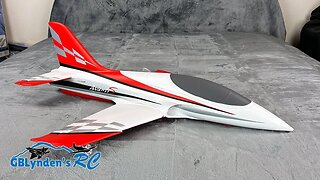 7:43
7:43
GBLynden's RC
1 year agoNew Jet Unboxing | Arrows RC Avanti S 50mm EDF Jet
243 -
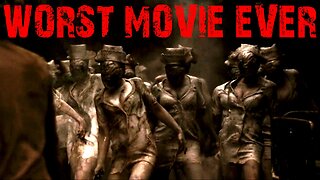 10:04
10:04
Space Ice
6 hours agoThe Movie Silent Hill Is Like Resident Evil Without The Good Parts - Worst Movie Ever
49.7K12 -
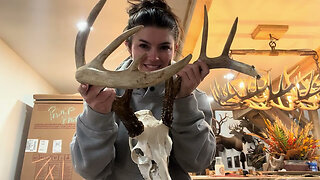 5:49
5:49
Hannah Barron
1 day agoRedneck Euro Mount
40K22 -
 32:34
32:34
hickok45
11 hours agoSunday Shoot-a-Round # 268
30.7K16 -
 27:33
27:33
The Finance Hub
21 hours ago $17.29 earnedBREAKING: ALINA HABBA JUST DROPPED A MASSIVE BOMBSHELL!!!
67.7K119 -
 40:23
40:23
PMG
1 day ago $2.17 earnedHannah Faulkner and Dr. Michael Schwartz | EXPOSING BIG PHARMA
40.2K3 -
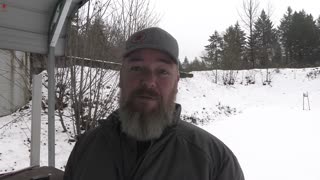 18:55
18:55
GBGunsRumble
23 hours agoGBGuns Range Report & Channel Update 15FEB25
29.7K2 -
 13:31:32
13:31:32
iViperKing
1 day agoGood Times + Good Energy Ft. Whez.. #VKGFAM #RRR
113K15 -
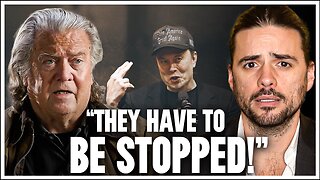 12:24
12:24
Winston Marshall
2 days agoWOAH! Bannon just Revealed THIS About MUSK - The Tech-Right vs MAGA Right Civil War Ramps Up
237K319 -
 7:33:46
7:33:46
Phyxicx
23 hours agoHalo Night AND Raid & Rant with the FF14 Guild on Rumble! - Go Follow all these great guys please! - 2/15/2025
157K7